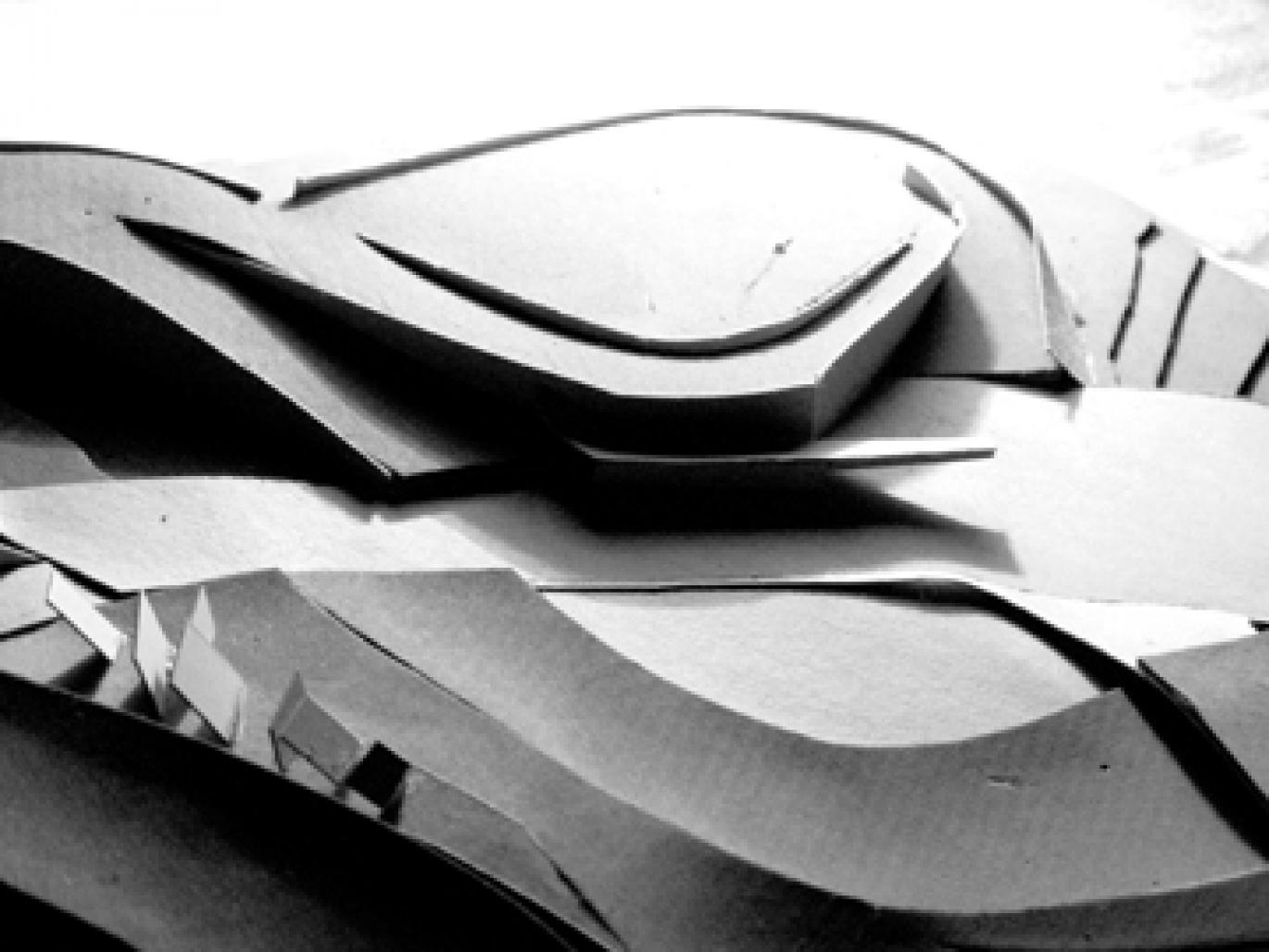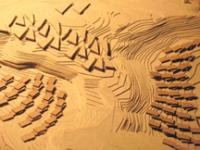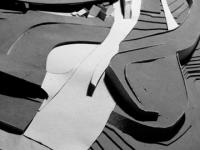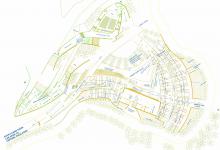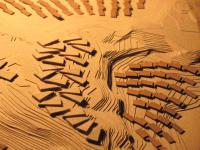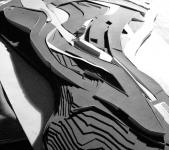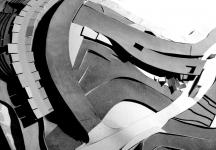the project is for a university on a rocky outcrop on the basaltic deccan plateau, in a town located almost at the physical centre of the country.
the dry and arid landscape of the site, along with the notion of its violent formation millions of years ago through a massive geological upheaval informed the design of this project. the built forms are ded within the topography, not removed from it, and are layered and organized to experientially reconstruct the idea of viscous magma flows. the extreme temperatures of the site are countered by this method of earth-sheltering, and where buildings are above/on ground level, they are clustered to take advantage of self-shading. local stone is intended to be used in jaalis and screens, most buildings are naturally ventilated and cooled using passive solar means such as earth-sheltering, thick walls which act as thermal mass and large overhangs with shaded water-bodies and shrubbery that cut down heat and dust.
2002
earth-sheltered built forms, self-shading principles, thermal mass, subterranean built forms, geological response, topographical response.
Suprio Bhattacharjee & Chirag Mehta
Favorited 1 times
